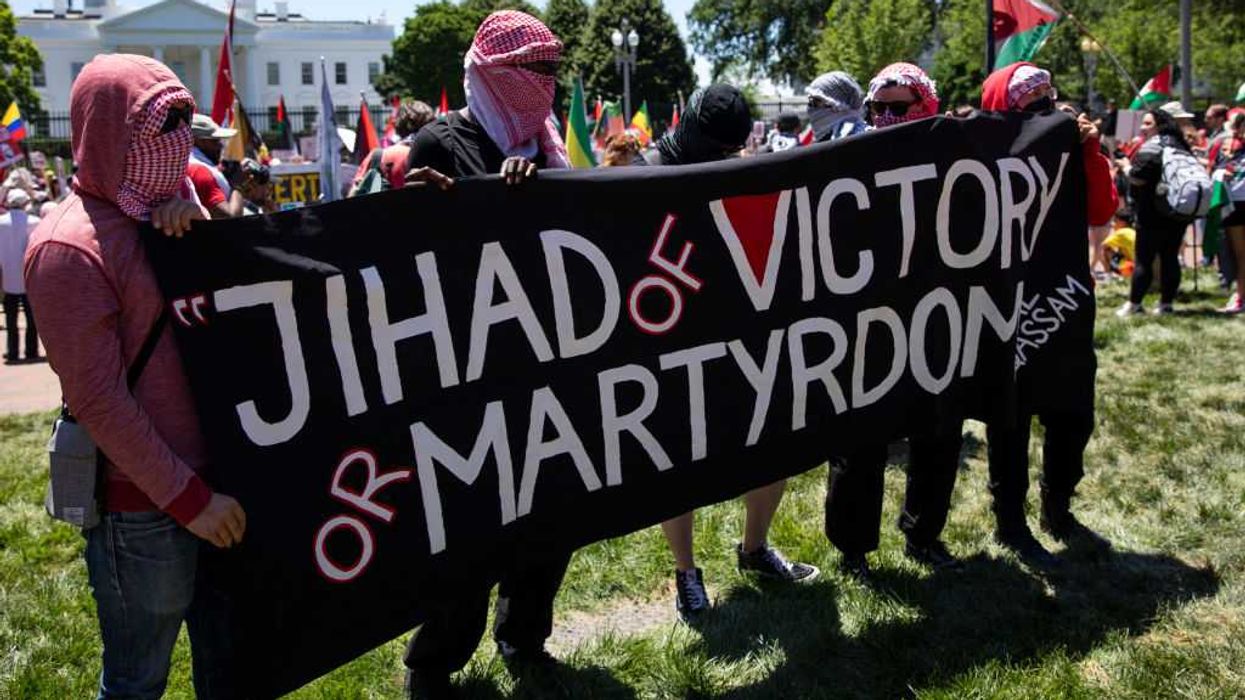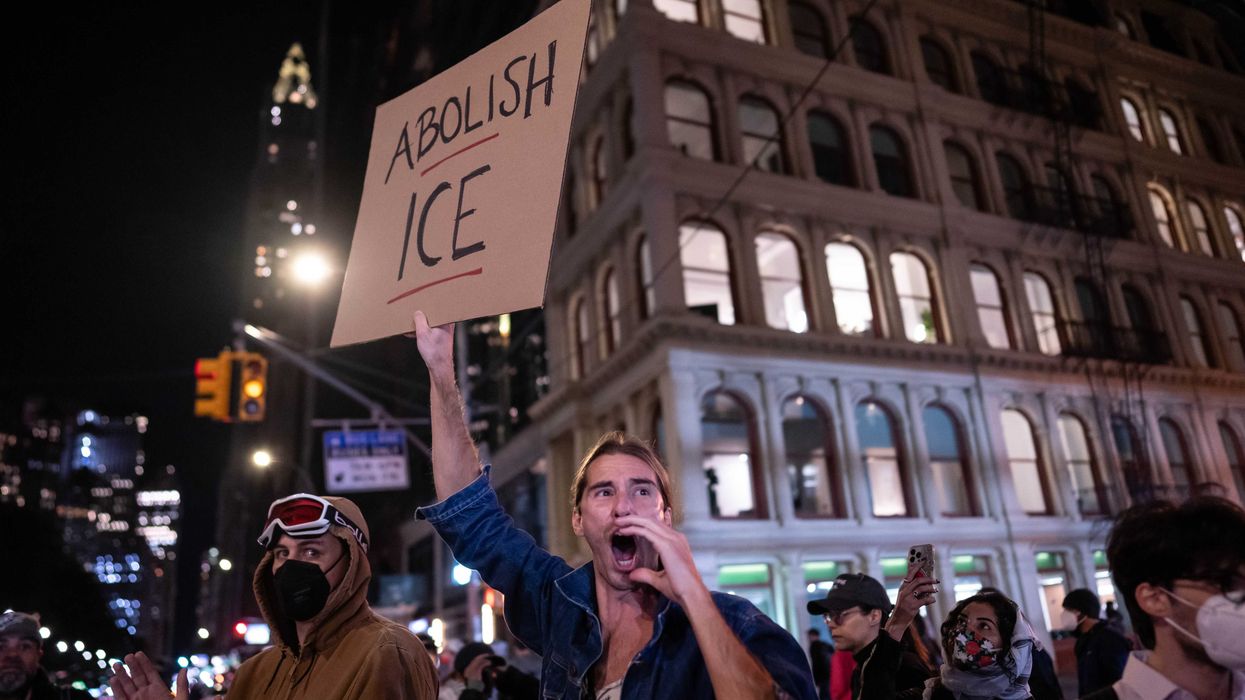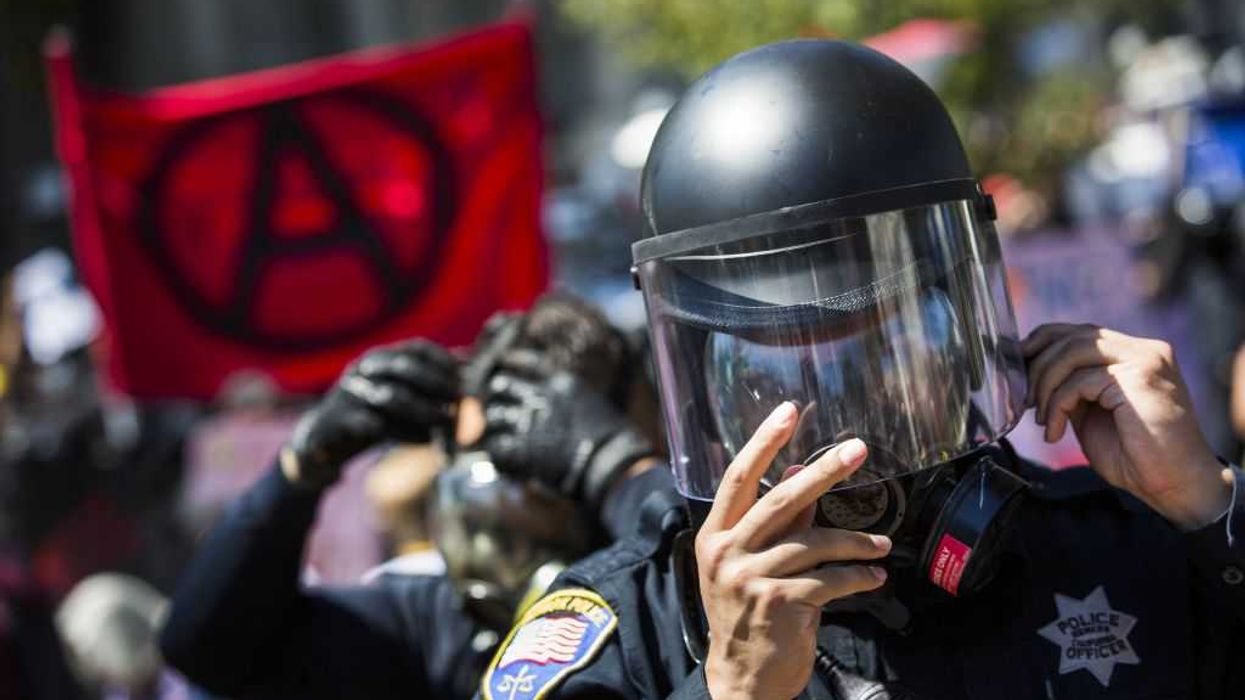The lofty goals and idealistic promises of communism include income equality, thriving economies and perpetual peace. In essence, Utopia on earth. In reality, communism has resulted in millions killed during peacetime, continual war (or the threat of it), economic disaster, state-controlled media, governmental lies, labor camps, concentration camps, starvation, police states, lack of freedom and state-sponsored atheism. By its fruits ye shall know them.
Thanks in large part to the Constitution of the United States of America, Americans have largely avoided the fruits of communism — but not entirely. There are those who believe America should scrap its founding principles and embrace Marxism, communism and socialism. While very few openly advocate for communism, most hide behind the gentler moniker of Progressivism. Like Marxists, progressives seek social justice and the redistribution of wealth to obtain income equality. Unlike Marxists, they try to do it within the system rather than through revolution.
Some of American’s radicals from the 1960s are now respected professors or politicians. Illinois’ Bobby Rush, for instance, who cofounded the Illinois chapter of the Black Panthers is now a U.S. congressman from Illinois. This man who has helped write and pass legislation for the United States of America, had his apartment raided when he served as the defense minister for the Black Panthers. Police discovered illegal firearms, including rifles, a shotgun, training manuals on explosives, booby traps and an assortment of communist literature and propaganda.
Another respected member of American society is Bill Ayers, the cofounder of the violent, communist revolutionary terrorist group called the Weather Underground. Ayers is on record recounting an event in which a room of highly educated revolutionary figures plotted the logistics of eliminating 25 million Americans who were avowed capitalists that could not be “re-educated.” Ayers later became a fugitive after bombings and plots targeting the military, police, the U.S. Capitol Building and the Pentagon. Astonishingly, Ayers never served time for his involvement with the Weather Underground, and later became a professor of English at the University of Illinois at Chicago. He was also a neighbor and fellow board member with another Chicago radical — the future President of the United States, Barack Obama.
Obama spoke openly about preferring the company of radicals in college. What concerned so many about Obama was the sheer number of people around him throughout his entire life engaged in detestable acts that were contrary to the principles of the Constitution of the United States.
In his book, “Dreams from My Father,” President Obama told of his close relationship with his mentor Frank, who turned out to be the card-carrying member of the Communist Party — Frank Marshall Davis.
Obama’s birth father was a Kenyan communist. His mother, a radical, as were his grandparents. After college, Obama’s spiritual guide and mentor was Pastor Jeremiah Wright. He and Michelle attended his church in Chicago and listened to his sermons for more than 20 years, where Wright preached Marxist liberation theology and anti-Americanism.
The Marxist ideology of class warfare is a theme running rampant through the current election cycle for the next president. Hillary Clinton has been stoking the flames of class warfare. Self-avowed socialist Bernie Sanders is running is running on a platform of policies enshrined in the Constitution of the Soviet Union.
Certain Marxist principles have become so persuasive in America that progressives have not just taken over the Democratic Party, but they also have a foothold with the Republican Party. Somehow, the ideology that has produced more suffering on earth than literally anything else ever, has caused more peacetime death than anything, with the possible exception of infectious disease, has become celebrated.
Whatever the reality, the class warfare conducted by the left in America seems to be having an impact: There is a growing perception that communism and socialism are superior systems. In a recent poll, 11 percent of Americans believe communism is a morally superior system and 13 percent were unsure. Just 53 percent of Americans surveyed believed capitalism is better than socialism. A whopping 58 percent of America’s college students have a favorable impression of socialism and 56 say the same for capitalism.
One of these ideological and economic systems — capitalism or communism — is responsible for pulling the world out of the Dark Ages and into the light of prosperity. The other is responsible for death and misery on an epic scale.

 AASHISH KIPHAYET / Contributor | Getty Images
AASHISH KIPHAYET / Contributor | Getty Images
 Harold M. Lambert / Contributor | Getty Images
Harold M. Lambert / Contributor | Getty Images Adam Gray / Stringer | Getty Images
Adam Gray / Stringer | Getty Images Anadolu / Contributor | Getty Images
Anadolu / Contributor | Getty Images